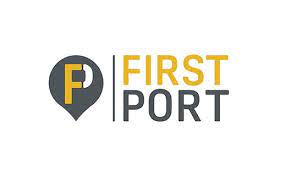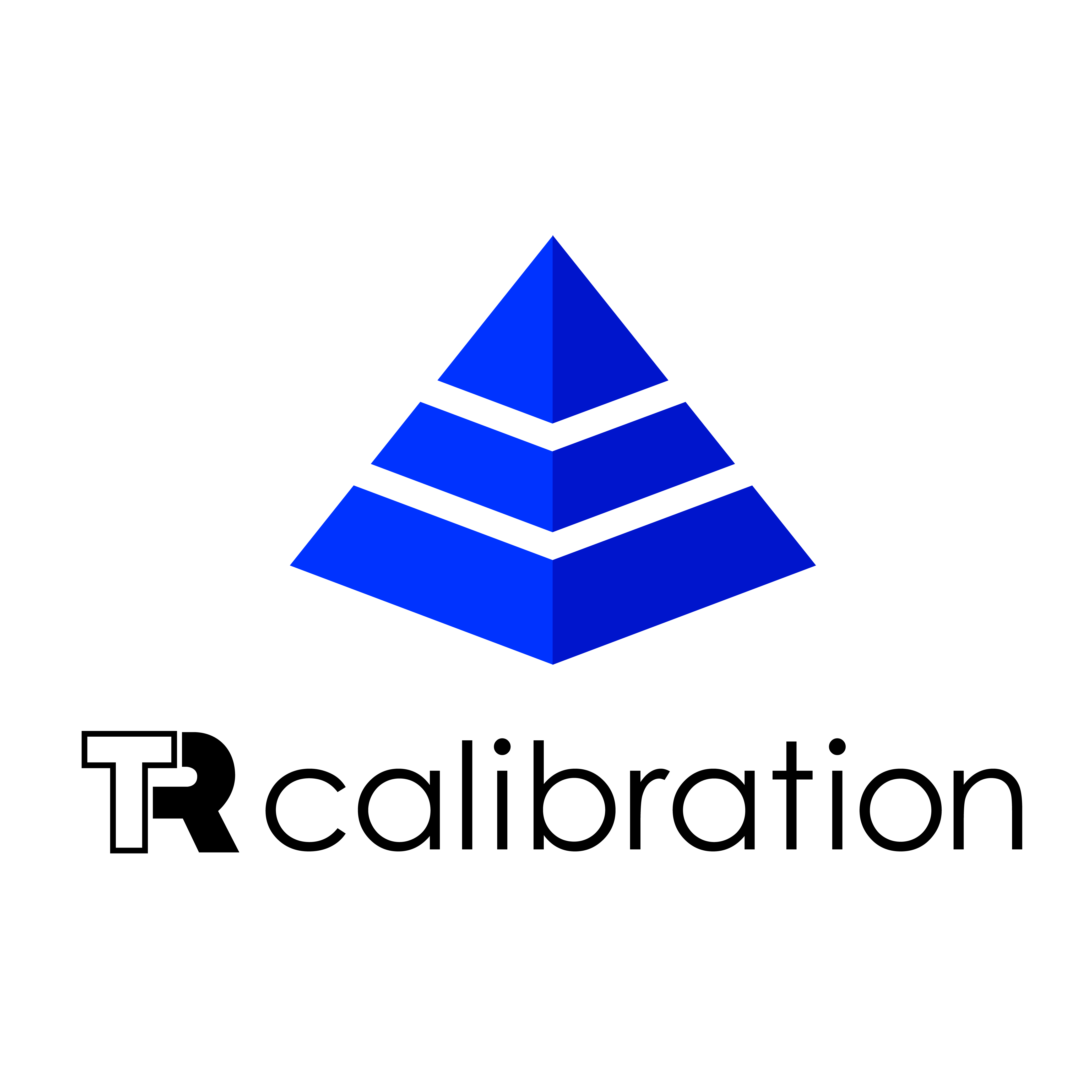Title Page
-
Conducted on
-
Prepared by
-
Names and Job Titles of those involved
-
Location
H&S Management System Audit
1. H&S Policy
-
Evidence required in this section:
Health and Safety Policy
Statement of Intent
Formal Health and Safety Training for Designated Appointed Person
Employer's Liability Insurance Certificate
Health and Safety Law Poster -
Does the organisation have an existing documented health and safety policy?
-
Has it been signed by senior management?
-
Has the designated appointed person received formal training in Health & Safety?
-
Is there an up to date copy of the Health and Safety Law poster prominently displayed?
-
Is there a copy of the current Employers Liability Insurance prominently displayed?
2. Risk Assessment
-
Evidence required in this section:
Policy and or Safety Arrangement for Risk Assessments
Risk Assessment database
Evidence of employee training
Workplace examples to confirm implementation of control measures -
Are suitable and sufficient risk assessments in place for all activities and processes carried out by the organisation to ensure the safety of all who may be affected?
-
Have all control measures identified by risk assessments been put in place?
-
Are risk assessments regularly reviewed?
-
Are employees consulted with when creating and reviewing risk assessments?
-
Have you provided risk assessment training to relevant staff who need to carry out assessments?
-
Do you obtain Risk Assessments and Method Statements from sub contractors completing work at your site?
3. Fire
-
Evidence required for this section:
Fire Risk Assessment
PEEPs if applicable
Fire logbook
Service and Maintenance records for Fire Safety Systems (Alarms, Emergency Lights, Fire Extinguishers)
Fire Marshal training records -
Does the organisation have a suitable and sufficient Fire Risk Assessment in place for all buildings?
-
Have all actions identified been actioned?
-
Is there a fire plan for each building showing evacuation procedures, how to summon the Fire Service and the location of assembly points?
-
Are all persons at special risk identified and a personal emergency evacuation plan (PEEP) prepared for them?
-
Is there adequate numbers of Fire Marshals appointed and trained for each department?
-
Is there a testing regime in place for all fire alarm systems, emergency lighting and fire extinguishers?
-
Are these systems under regular maintenance?
-
Is there a fire logbook in each building?
-
Are the results being regularly recorded as required?
-
Does the organisation complete a minimum of 2 practice fire evacuations per year and are all staff covered in these practices?
4. Control of Substances Hazardous to Health
-
Evidence required in this section:
Substance register
Material Safety Data Sheets
CoSHH Assessments
Health Surveillance records where applicable
LEV thorough examination records where applicable
RPE maintenance and inspection records where applicable
Records of Training and Information provided to employees -
Have all hazardous substances used been identified?
-
Do all hazardous substances have a current Material Safety Data Sheet?
-
Do all hazardous substances have associated risk assessment in place?
-
Are all identified control measures in place?
-
Are all hazardous substances suitably stored?
-
Have any substances been identified as requiring any form of Health Surveillance?
-
Where the need has been identified, is Health Surveillance in place?
-
Are LEV systems used where required?
-
Are LEV systems subject to thorough inspection by a competent person at least every 14 months?
-
Where the hazards cannot be completely controlled by engineered ventilation is suitable RPE available?
-
Is RPE regularly inspected, maintained and serviced?
-
Have wearers of RPE been provided with sufficient training and information with regards to the wearing, inspection and maintenance of RPE?
5. PPE
-
Evidence required in this section:
PPE Issue record
Workplace sampling to confirm wearing of PPE
PPE Policy -
Where it has been identified as necessary through a risk assessment are employees provided with PPE?
-
Is PPE provided suitable and sufficient?
-
Do employees acknowledge and sign to say they have received PPE and know how and when to use it?
-
Is PPE subject to regular checks for condition?
-
Is the wearing of PPE regularly monitored?
-
Is a process in place to manage those who do not wear the appropriate PPE as instructed?
6. Provision and Use of Work Equipment
-
Is work equipment provided suitable for the task?
-
Is all work equipment in an efficient state, in efficient working order and in repair?
-
Is all work equipment subject to routine maintenance?
-
Is the a programme in place for planned preventative maintenance?
-
Is work equipment regularly inspected?
-
Is the person conducting the inspection competent?
-
Has all work equipment been subject to a risk assessment?
-
Where specific risk have been identified are control measures in place?
-
Have all those who use work equipment been trained to do so?
-
Have they received adequate health and safety information and where appropriate, written instruction?
-
Are there physical training records in place?
-
Where training refreshment is required is this completed in a timely manner?
-
Is there a robust system in place for operators to report any defects to equipment?
-
Is there a system in place for isolating access to equipment that has been deemed defective?
7. Lifting Operations and Lifting Equipment
-
Is all lifting equipment subject to Thorough Examination by a competent person as required?
-
Have all those who use lifting equipment been adequately trained?
-
Is training refreshed in a timely manner?
-
Is all lifting equipment inspected by the user and results recorded before use?
-
Is the Safe Working Load displayed prominently on all lifting equipment?
-
Are operators of lifting equipment aware of the Safe Working Loads and how they apply to their tasks?
-
Is there a planned preventative maintenance system in place for lifting equipment?
-
Is there a robust system in place for operators to report any defects to equipment?
-
Is there a system in place for isolating access to equipment that has been deemed defective?
-
Is use of lifting equipment restricted to those who are trained to do so?
8. Manual Handling Operations
-
Have all Manual Handling operations been identified?
-
Are all Manual Handling operations been risk assessed?
-
Have appropriate control measures been implemented where identified?
-
Have all those who undertake Manual Handling been trained?
-
Is task specific training provided?
-
Is Manual Handling considered in the designing of tasks?
-
Are weights of materials easily identifiable?
-
Are mechanical aids available for assistance where appropriate?
9. Workplace (Health, Safety and Welfare)
-
Do all employees have access to adequate welfare facilities?
-
Is there somewhere to sit and eat away from the workspace during breaks?
-
Is there sufficient amount of toilets available for staff?
-
Do employees have access to appropriate washing facilities?
-
Is lighting adequate in all areas of the business?
-
Are all walkways and staircases in good condition and free from obstruction?
10. Electricity at Work Regulations / Electrical equipment Safety
-
Is the Fixed Electrical Installation Report in date?
-
If so when was this conducted?
-
When is the retest required by?
-
Who was the test conducted by?
-
Were any remedial works identified by the Fixed Electrical Installation Report?
-
Has identified remedial work been actioned upon?
-
Are all electrical items on site subject to PAT Testing or a similar system?
-
What frequency is this conducted?
-
Is there a policy in place with regards to employees bringing personal electrical equipment on site?
11. Display Screen Equipment
-
Do all employees receive a DSE Workstation assessment?
-
Is sufficient training and information available to DSE Users?
-
Does the company employ any Home Workers?
-
Are the DSE requirements for Home Workers suitably managed?
-
Is there a process in place to provide DSE User with an Eye Test if one is requested?
-
Is a process in place to trigger a requirement for a DSE Assessment for a user when a new workstation is set up?
-
Is a process in place to trigger a requirement for a DSE Assessment when a new user starts work?
-
Is a process in place to trigger a requirement for a DSE Assessment for a user when a change is made to an existing work station or the way it's used?
-
Is a process in place to trigger a requirement for a DSE Assessment for a user when a user complains of pain or discomfort?
12. First Aid
-
Is there a sufficient number of persons trained in First Aid?
-
Is First Aid training regularly refreshed?
-
Is there a suitable amount of First Aid kits available?
-
Are First Aid Kits regularly checked for contents and use by dates?
-
Is there an accident book?
-
Is there a First Aid room on site?
-
Is there First Aid room kept in clean condition?
13. Safety Signs & Signals
14. Reporting of Injuries, Diseases and Dangerous Occurrences (R.I.D.D.O.R.)
-
Is there a process in place for reporting near miss incidents?
-
Have employees been provided with sufficient information and training in as to this process?
-
How many Near Misses have been recorded in the last 12 months?
-
Are Near Miss reports investigated, reviewed and actioned?
-
Are there any outstanding actions?
-
Is there a process in place for reporting accidents?
-
Have employees been provided with sufficient information and training in as to this process?
-
How many Accidents have been recorded in the last 12 months?
-
Are Accident reports investigated, reviewed and actioned?
-
Are there any outstanding actions?
-
Have there been any RIDDOR reportable instances in the last 12 months?
-
If so, how many?
-
Was there any communication with the HSE and if so what what was the outcome?
-
Are RIDDOR reportable instances investigated, reviewed and actioned?
15. Health and Safety Consultation
16. Control of Noise
-
Has the company identified all activities which may cause noise exposure to employees?
-
Is this process regularly reviewed?
-
Are control measures in place to reduce noise exposure?
-
What is the current level of noise exposures?
-
Is noise exposure taken into account when designing new tasks and processes?
-
Is suitable and sufficient hearing protection available to staff?
-
Where applicable, is the wearing of hearing protection enforced?
-
Where employees are at risk to adverse levels of noise exposure have they been provided with suitable and sufficient information and training?
17. Working at Height
-
Are all activities involving working at height identified and assessed?
-
Are adequate and sufficient control measures in place?
-
Are those who undertake work at height trained and competent to do so?
-
Is all access equipment subject to regular inspection and is it recorded?
-
Is access equipment provided suitable for the task?
-
Are working at height activities isolated so that no-one involved in the activity can be affected?
18. Control of Asbestos
-
Has an asbestos management survey been carried out and the present of any asbestos been identified?
-
Is an asbestos management plan in place and are results recorded?
-
Is any asbestos present appropriately identified?
-
Are employees made aware of any asbestos present that may impact their work activities?
-
Are trained and competent persons contracted where any asbestos related work is undertaken?
19. Dangerous Substances and Explosive Atmosphere (DSEAR)
-
Have any DSEAR activities been identified?
-
Have DSEAR activites been suitably assessed by a competent person?
-
Have all control measures identified been put in place?
-
Is there suitable storage available?
-
Is suitable training and information provided to those who work in activities where DSEAR is applicable?
-
Is suitable ventilation provided?
-
Is ventilation thoroughly examined by a competent person as required by CoSHH regulations?
20. Gas Appliances
-
Are all Gas Appliances serviced and maintained by a Gas Safe engineer on an annual basis?
-
Are mains Gas supply shut off valves clearly identified?
-
Where mains gas pipes are visible, are they clearly identified and is the direction of flow indicated?
-
Have sufficient numbers of employees been trained in how to isolate the Gas supply and when this would be required?
22. Pressure System Safety
-
Are pressure systems subject to a Written Scheme of Examination (WSoE?
-
Are all requirements of the WSoE followed and adhered to?
-
Are all those who use pressure systems trained and competent to do so?
-
Is sufficient training and information provided?
-
Do users undertake checks of equipment before use?
-
Is there a process in place to report any defects identified?
-
Is a risk assessment in place for the use of pressure systems?
-
Are those whose work activities include the use of pressure systems advised of potential risks?
23. Control of Vibration
24. Health & Safety Training
-
Does the company have a Safety Training Matrix?
-
Is the training matrix regularly kept up to date?
-
Are employees trained in all risk assessment which affect their work ativities?
-
Are Standard Operating Procedures in place for work activities?
-
Are employees trained in the Standard Operating Procedures which apply to their work activities?
-
Do employees receive regular toolbox talks or safety briefings?
-
Is a record kept of these?
-
Do all employees receive a Health and Safety Induction and are records kept?
-
Does the company provide periodic Health and Safety training for employees?
-
Have those involved in the Risk Assessment creation process received Risk Assessment training?
Summary
-
Summary of Findings













